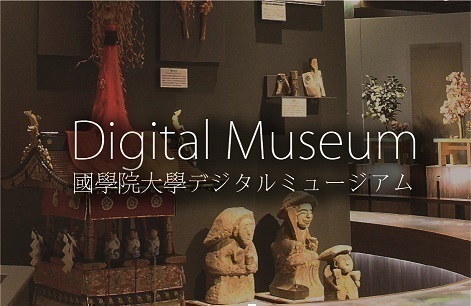- トップ
- Encyclopedia of Shinto
- Kannamesai (Grand Shrines of Ise)
Encyclopedia of Shinto
| Main Menu: | |
| Links: |
詳細表示 (Complete Article)
| カテゴリー1: | 5. Rites and Festivals |
|---|---|
| カテゴリー2: | Rites of the Ise Shrines |
| Title | Kannamesai (Grand Shrines of Ise) |
| Text | This is largest harvest festival of the year at the Grand Shrines of Ise (Ise jingū). The festival's history traces back to the legendary enshrinement of Amaterasu Ōmikami at the present location: during the reign of Emperor Suinin, when Princess Yamatohime-no-mikoto traveled in search of a place to enshrine the imperial ancestral deity, she made a sacred offering of rice ears eight palms in length (yatsukahō) in the beak of a white-naped crane (manazuru). Regarded as one of the three seasonal festivals (sansetsusai) of the year, along with the Tsukinamisai held in the sixth and twelfth months to present "noble sacred offerings" (yuki no ōmike), Kannamesai is known colloquially as Ōmatsuri (grand festival) among Ise locals. Kannamesai is referred to in the Taihō Codes as a "regular rite" (jōshi) of late autumn, in Engishiki as a "medium rite" (chūshi) requiring three days of preparatory ritual purification, in the 1914 Regulations on Ritual Observances atthe Ise Shrines (Jingū saishirei) as a "major festival" (daisai), and in the 1908 Regulations on Ritual Observances of the Imperial Household (Kōshitsu saishirei) as a "ceremony personally conducted by the emperor" (goshinsai) before the palace's Kashikodokoro shrine on the grounds of the Imperial Palace. Kannamesai is a celebration for offering newly-harvested rice to Amaterasu Ōmikami. It is a harvest festival consisting of solemn worship rituals addressed at the imperial ancestral deity, and which precedes the Niinamesai held at the imperial palace and in shrines throughout Japan. The festival took place on the dates considered to correspond to the legendary enshrinement of Amaterasu Ōmikami at Ise, two "sacred offerings" (ōmike) being offered at dusk and dawn on the 15th and the 16th of the nineth month at the Outer Shrine and on the 16th and the 17th of the same month at the Inner Shrine. An "imperial envoy" (chokushi) made a ritual offering of silk and other materials (heihaku). However, following the adoption of the Gregorian calendar in 1873, the Kannamesai was moved in 1879 to the tenth month to coincide with the harvest season of early-ripening rice. It can be said that the various annual festivals of the Ise Shrines are organized in such a way as to culminate with the Kannamesai. First, the Shinden geshusai festival in April heralds the "sowing of purified rice seeds" (yudane kudashi) and the beginning of rice cultivation in the shrine's "sacred paddies" (shinden) in a ritual formerly called Kuwayama Igari shinji. This is followed in May by an old-style ceremony of transplanting rice seedling into the paddies (Otaue hajime) and by the harvesting festival (nuibosai) of early September. The rites performed in relation to the sacred paddies (shinden no gi) of the Ise Shrines reach completion once the ripe rice ears have been harvested and stored in the Mishine-no-mikura grainery. Finally, on the evening of October 15, Kannamesai opens with two rituals known as Okitama shinsai and Miura no gi. In keeping with the old custom by which the Outer Shrine conducts the first part of the celebration, Outer Shrine priests present yuki no ōmike at dusk and dawn. In contrast, offerings made at the Inner Shrine on the next day consist of sliced abalone dressed in salt referred to as "sacrificial offerings" (minie). On the afternoon of the day commemorating Amaterasu Ōmikami's enshrinement, an imperial envoy arrives to recite a prayer (saimon) and to present imperial offerings (heihaku). During the same evening, a votive kagura performance is enacted by shrine musicians and dancers to entertain the deity. — Nakanishi Masayuki |




